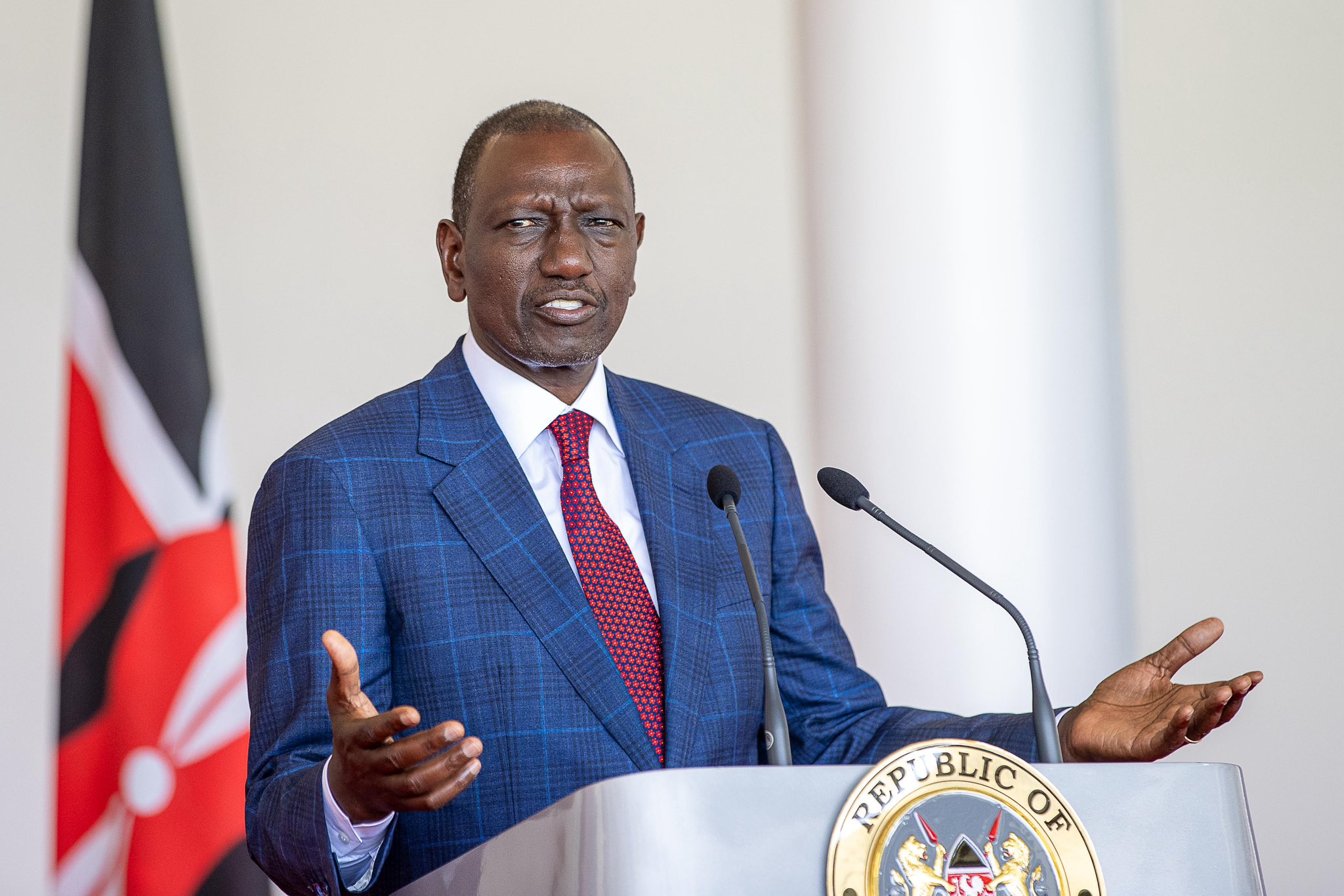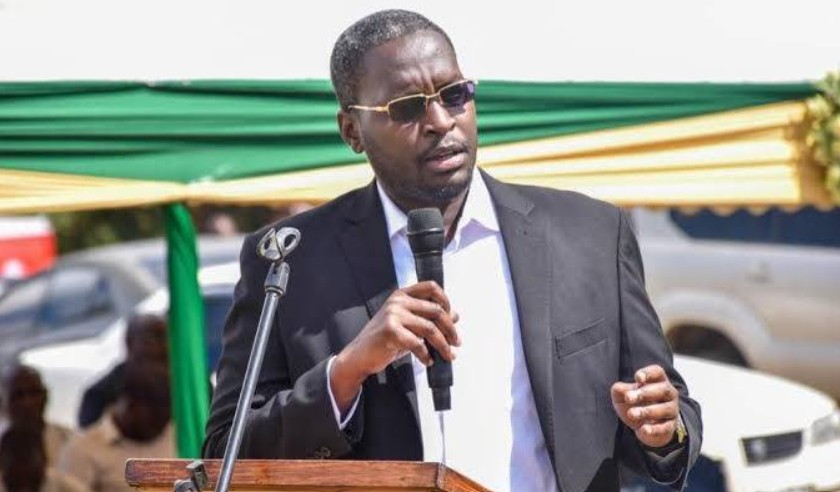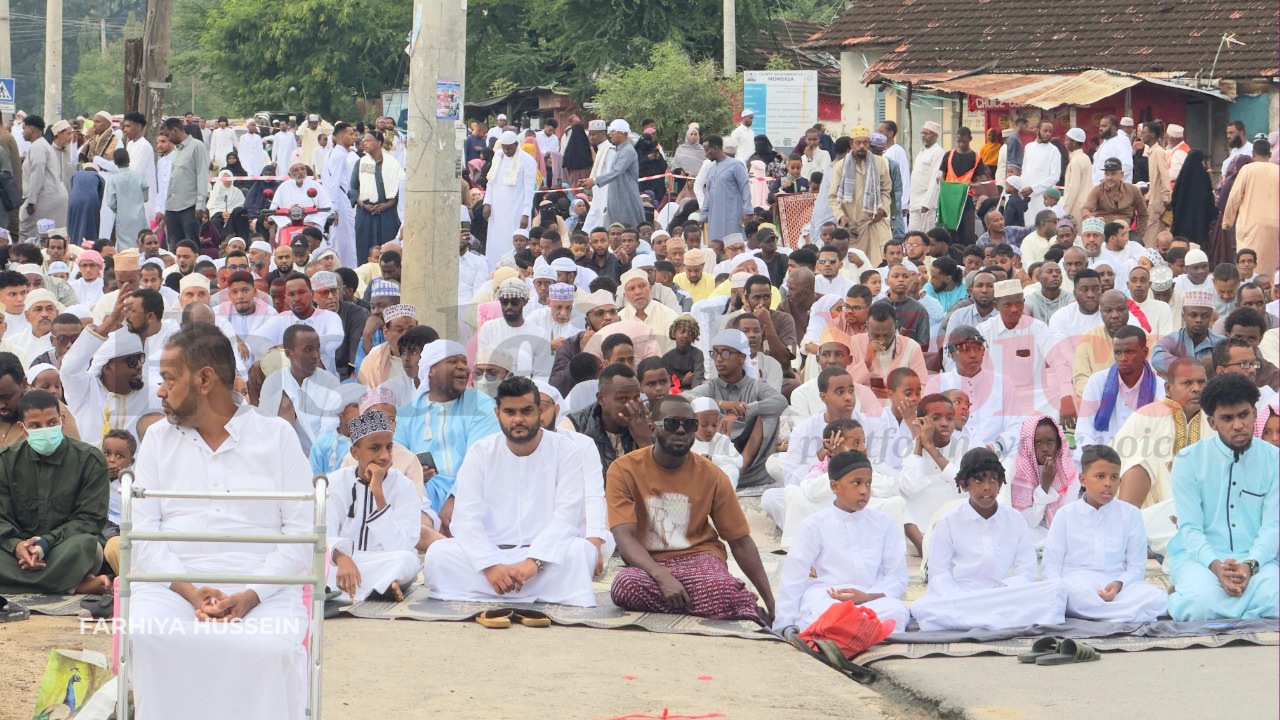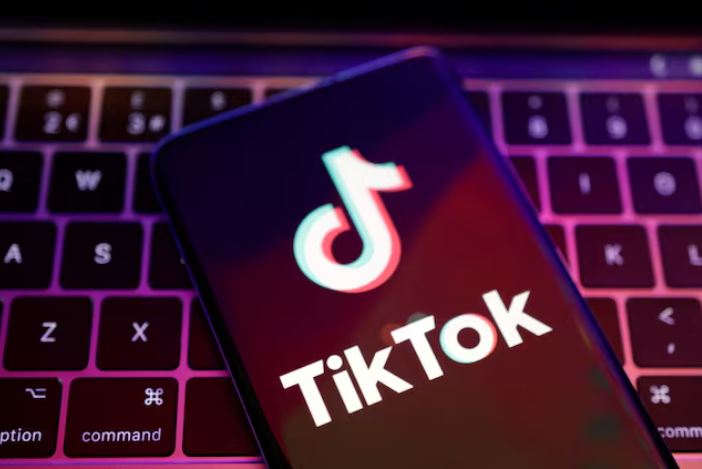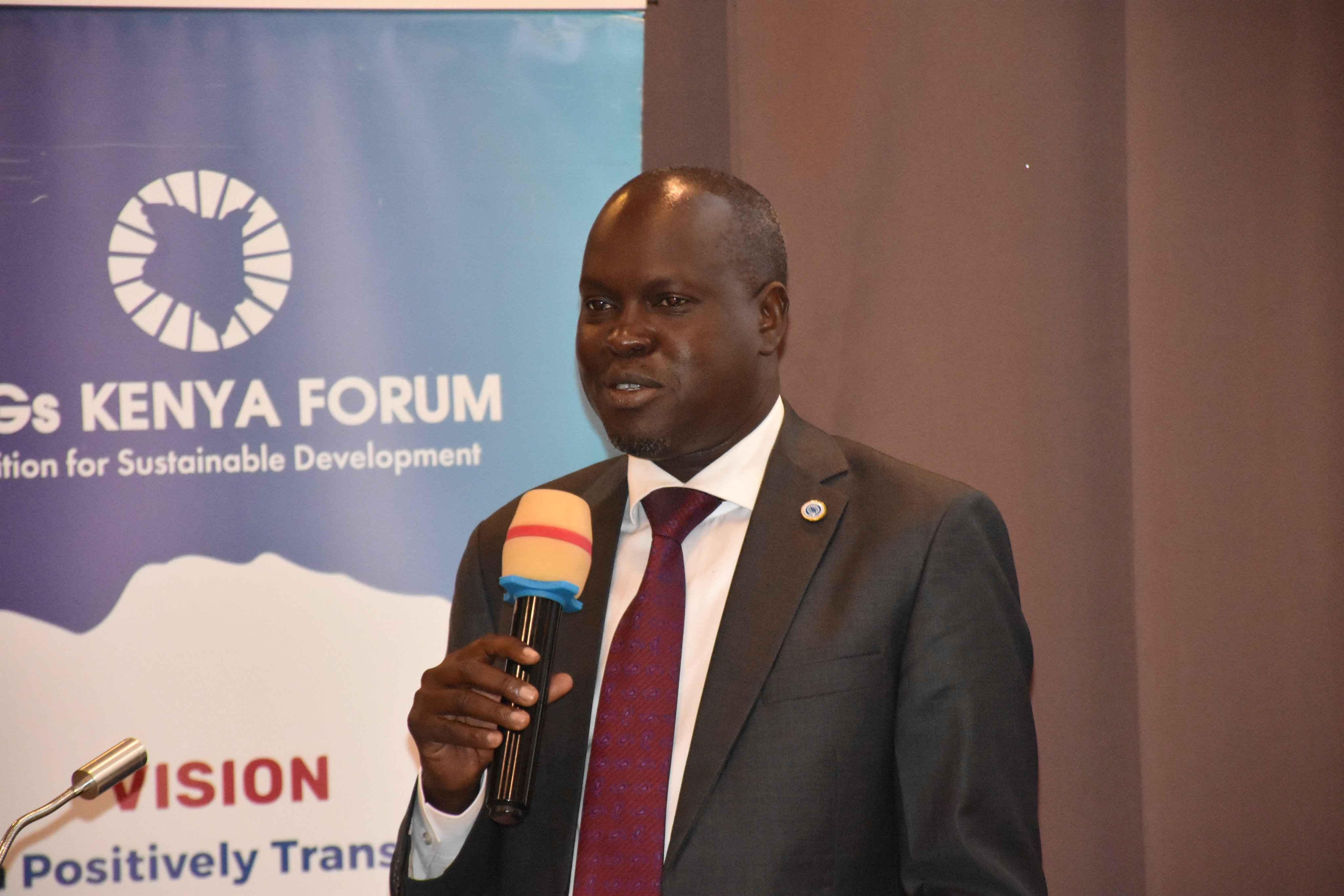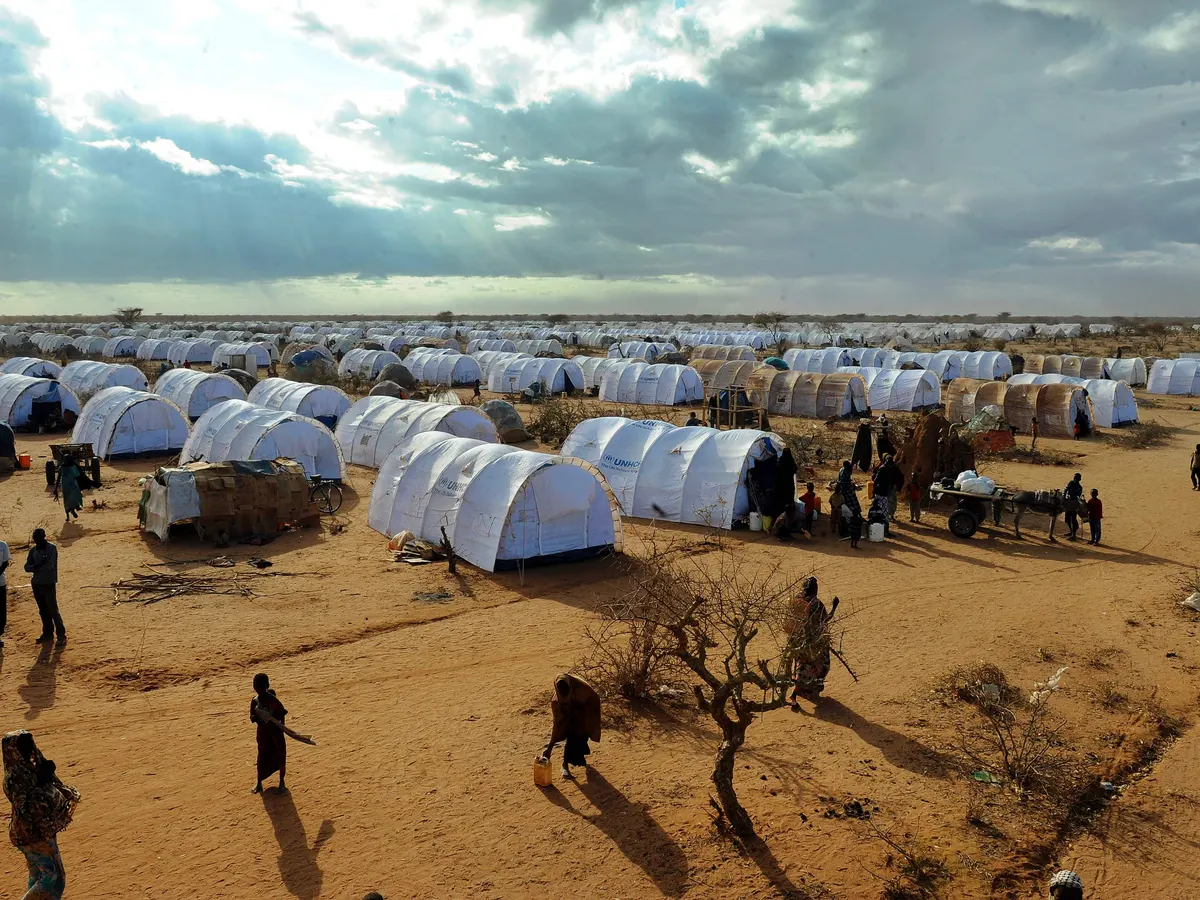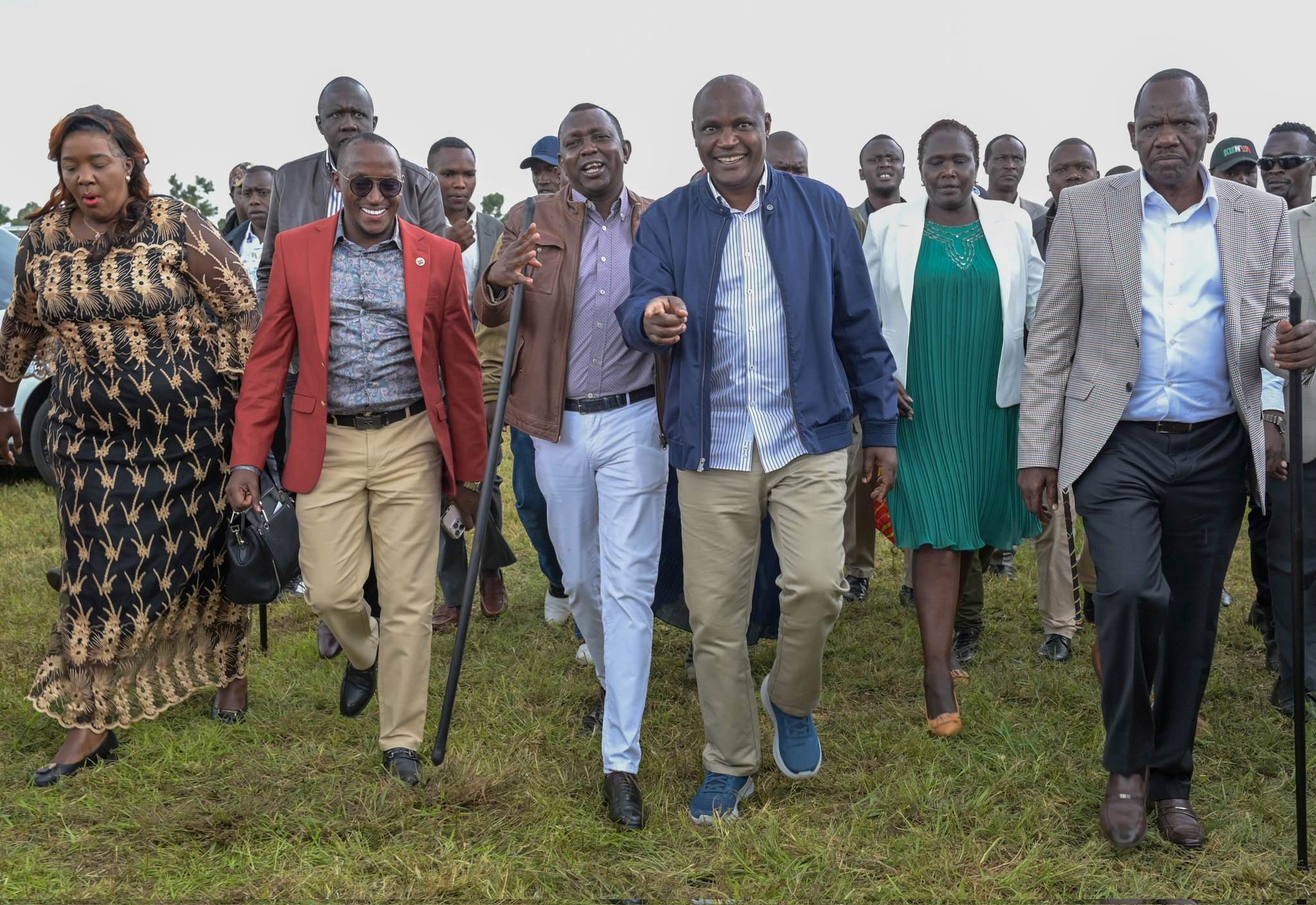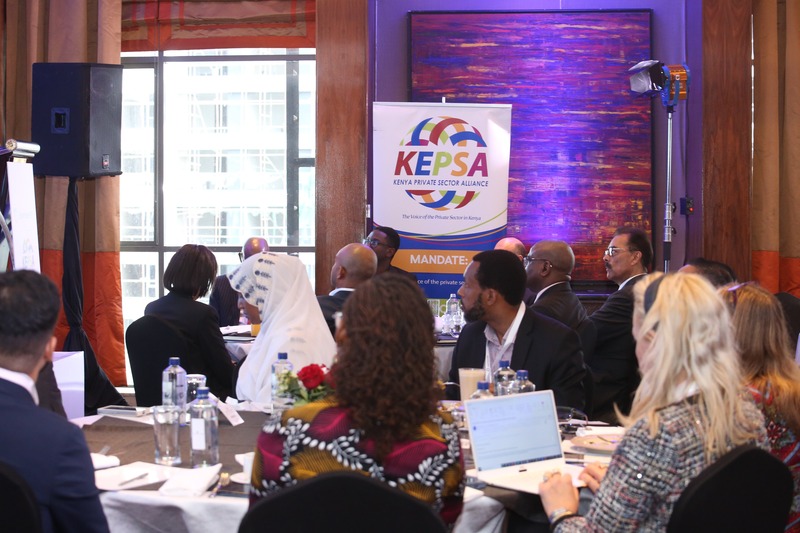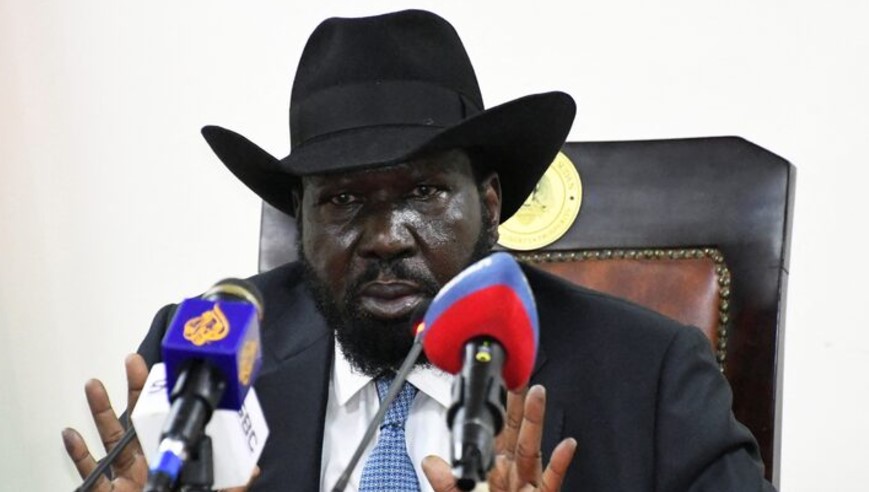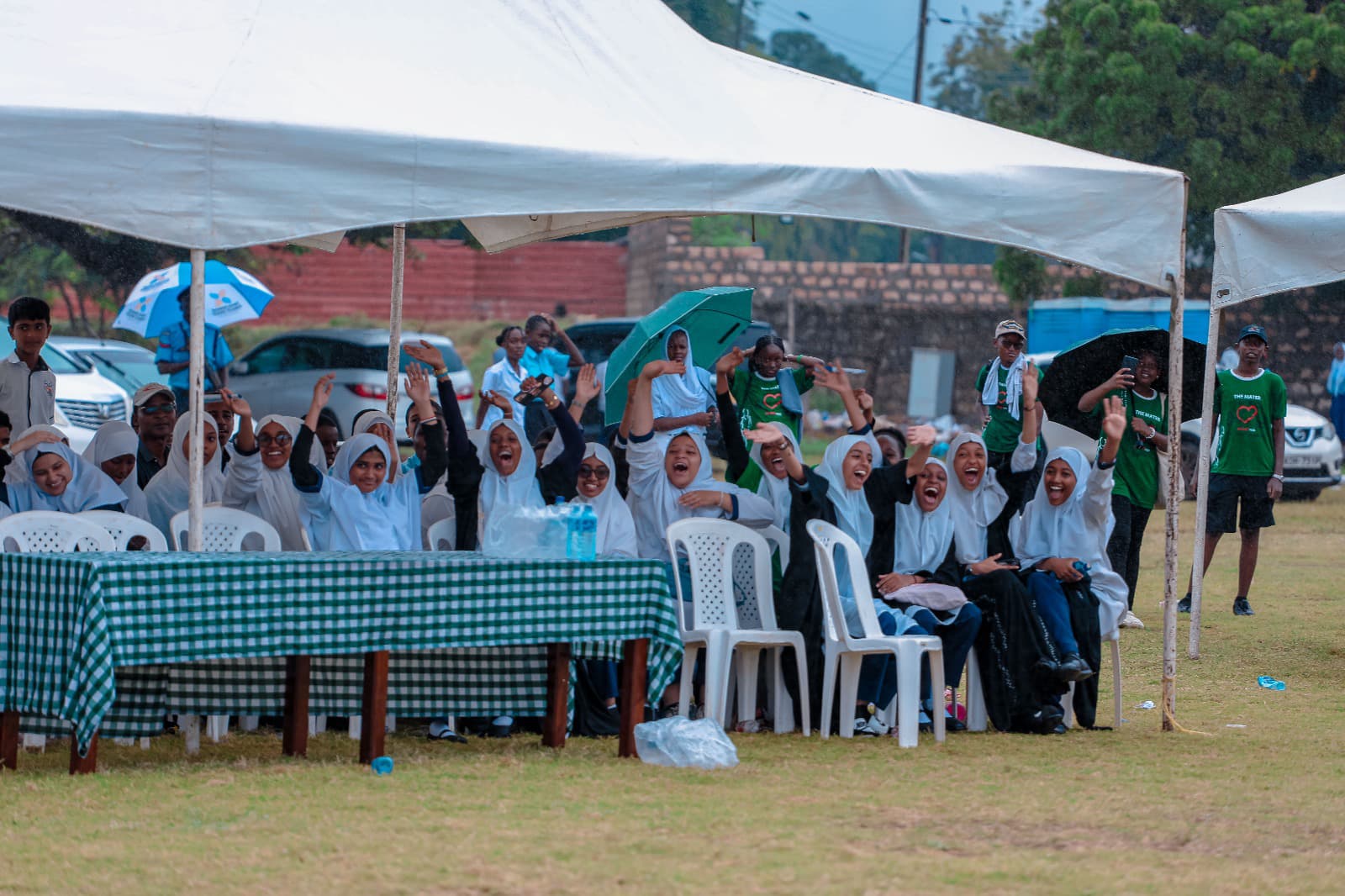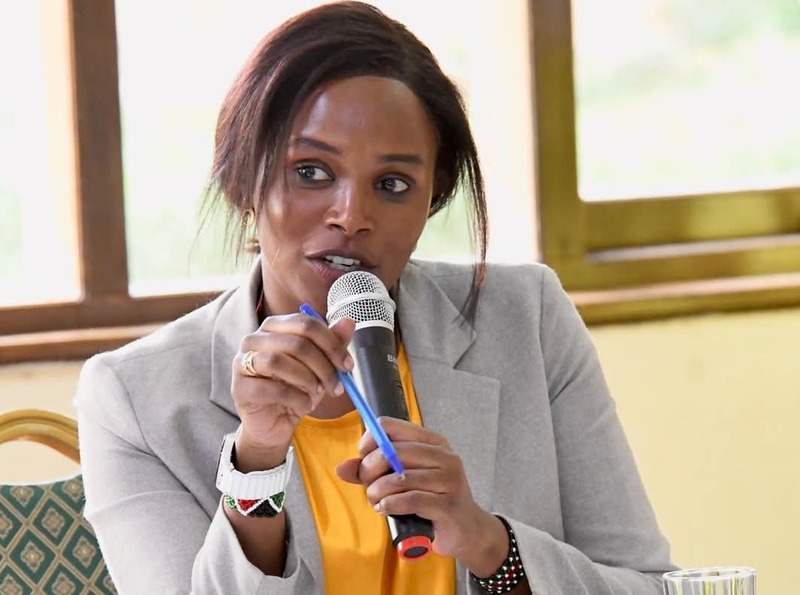Lasting peace in Ethiopia? More needs to be done to stop Tigray conflict from flaring up again
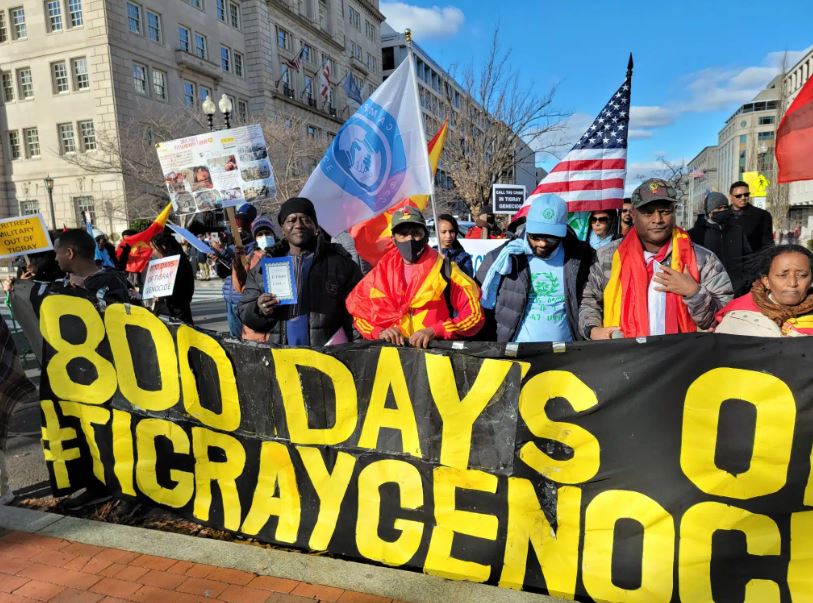
A substantial reason for the lack of progress in building sustainable peace is that the Cessation of Hostilities Agreement has holes in it.
It has been nearly two years since the African Union brokered a peace deal that put an end to the war between the Ethiopian state and the Tigray regional government. The signing of the Cessation of Hostilities Agreement in November 2022 brought an end to a deadly two-year conflict.
The agreement has achieved a number of outcomes. These include:
More To Read
- Commentary: Worse than evil; how stupidity fueled Ethiopia into raging inferno
- Social media platforms “failed to adequately moderate genocidal content” during Tigray war, study finds
- Ethiopia's electoral board deregisters Tigray People's Liberation Front, casting uncertainty over peace process
- TPLF accuses Ethiopia, electoral agency of undermining Pretoria deal, warns peace at risk
- Over 10 million Ethiopians face hunger as WFP warns of aid cuts amid funding crisis
- Tigray Interim President unveils new cabinet, reinstates army members suspended by predecessor
- an end to the fighting between Tigrayan and Ethiopian armed forces
- the creation of a transitional government in Tigray, run by the Tigray People’s Liberation Front
- the demobilisation of 50,000 Tigrayan troops
- the Tigray People’s Liberation Front regaining its legal status as a political party registered under special conditions
- the approval in Addis Ababa of a transitional justice policy
- the establishment of an AU-led monitoring and verification mission.
But a great deal still remains to be done if the peace is going to last. We have studied 42 comprehensive and 236 partial peace agreements in the last three decades. Based on this experience, we argue that urgent issues remain to be addressed in the Ethiopian agreement. If left unattended, they raise the risk of a return to war.
Empirical research suggests that a higher overall implementation rate of civil war peace agreements leads to sustainable peace. It is the only proven pathway for resolving remaining conflicts in a country. Doing what was agreed is necessary for post-war recovery.
In Ethiopia, the disarmament and demobilisation of Tigrayan combatants need urgent attention. So do the protection of civilians and returnees in disputed territories in western and northern Tigray, and the restoration of basic infrastructure in the region. The state also needs to ensure the smooth delivery of humanitarian aid, the withdrawal of foreign troops from Tigray and the representation of the Tigray People’s Liberation Front in the federal government.
The gaps
A substantial reason for the lack of progress in building sustainable peace is that the Cessation of Hostilities Agreement has holes in it.
Firstly, only the immediate cessation of hostilities, and the demobilisation and disarmament of the Tigray People’s Liberation Front combatants, were set out clearly. Other principles – such as civilian protections, delivery of humanitarian aid, and ensuring accountability for the conflict, were left to “good faith implementation.”
The peace agreement and its implementation process in Tigray lack safeguard mechanisms. These are procedures involving the power-sharing government, dispute resolution and robust mechanisms to verify the implementation of the agreement. However, only the verification mechanism is in place among these three pillars, and it’s very weak. Safeguard mechanisms create ownership, inclusion and accountability. They amplify the urgency of implementing peace deals.
Secondly, the underlying causes of conflict and grievances haven’t been dealt with as agreed. These include the withdrawal of foreign troops from Tigray, the reconstruction of conflict-affected communities and the Tigrayan government’s representation in the federal government. Addressing these grievances might create the mutual trust that is necessary to revive the stalled process of building peace.
Read more: What is federalism? Why Ethiopia uses this system of government and why it’s not perfect
Thirdly, while the overt conflict with Tigrayan forces has subsided, the political dialogue between the regional and national governments hasn’t happened. This dialogue is key to addressing ambiguities in the peace deal. The agreement’s success depends on actions at the federal level – such as the reparation of internally displaced persons. Yet, the Tigray People’s Liberation Front isn’t represented at this level.
Fourth, conflict-displaced Tigrayans are slowly returning to their communities. But insecurity remains acute because it’s not clear if all Tigrayan combatants are demobilised and all troops from Eritrea withdrawn. The monitoring mechanism in place is weak and cannot independently verify what’s been achieved.
Fifth, the Ethiopian government’s transitional justice policy is unclear. It doesn’t provide guidance on who to prosecute as there are still ongoing conflicts in Ethiopia. The policy also avoids international scrutiny. It lacks critical aspects to prevent the recurrence of atrocities by adhering to international standards.
Political factors
The lack of progress in building lasting peace can also be put down to a lack of political will on the part of both parties.
The federal government lacks resources for reconstruction. For example, there has been little rebuilding of basic infrastructure. The cost of recovery from the war in Tigray is estimated to be over US$44 billion.
For its part, the Tigray People’s Liberation Front is in the throes of a growing rift between its chairman, Debretsion Gebremichael, and the deputy chairman and head of the interim government in Tigray, Getachew Reda. This has diverted attention to managing intra-party rivalries rather than pressuring the federal government to take necessary actions.
Debretsion is prioritising the Tigray People’s Liberation Front’s return to its past glory with control over the political structure in Tigray. Getachew is pushing for a reconciliatory approach with the government and showing a willingness to compromise the party’s position for peace and security.
What remains to be done
Ethiopia is facing a watershed moment. The peace agreement can be carried out faster if the Tigray People’s Liberation Front maintains its cohesiveness. When broken into factions, it cannot hold the Abiy Ahmed regime accountable.
Research shows that rebel movements such as the Tigray People’s Liberation Front often form factions after signing peace deals because of disagreements on the compromises made to reach a deal. A slow implementation process can further divide a rebel movement as it cannot cater to its supporters, or justify the war and unaddressed humanitarian and human rights abuses.
Factions weaken the party, create instabilities and hurt the peace building process.
The Tigray People’s Liberation Front’s unity is crucial for the success of the deal and its aspiration to return to political power in Tigray.
Top Stories Today
